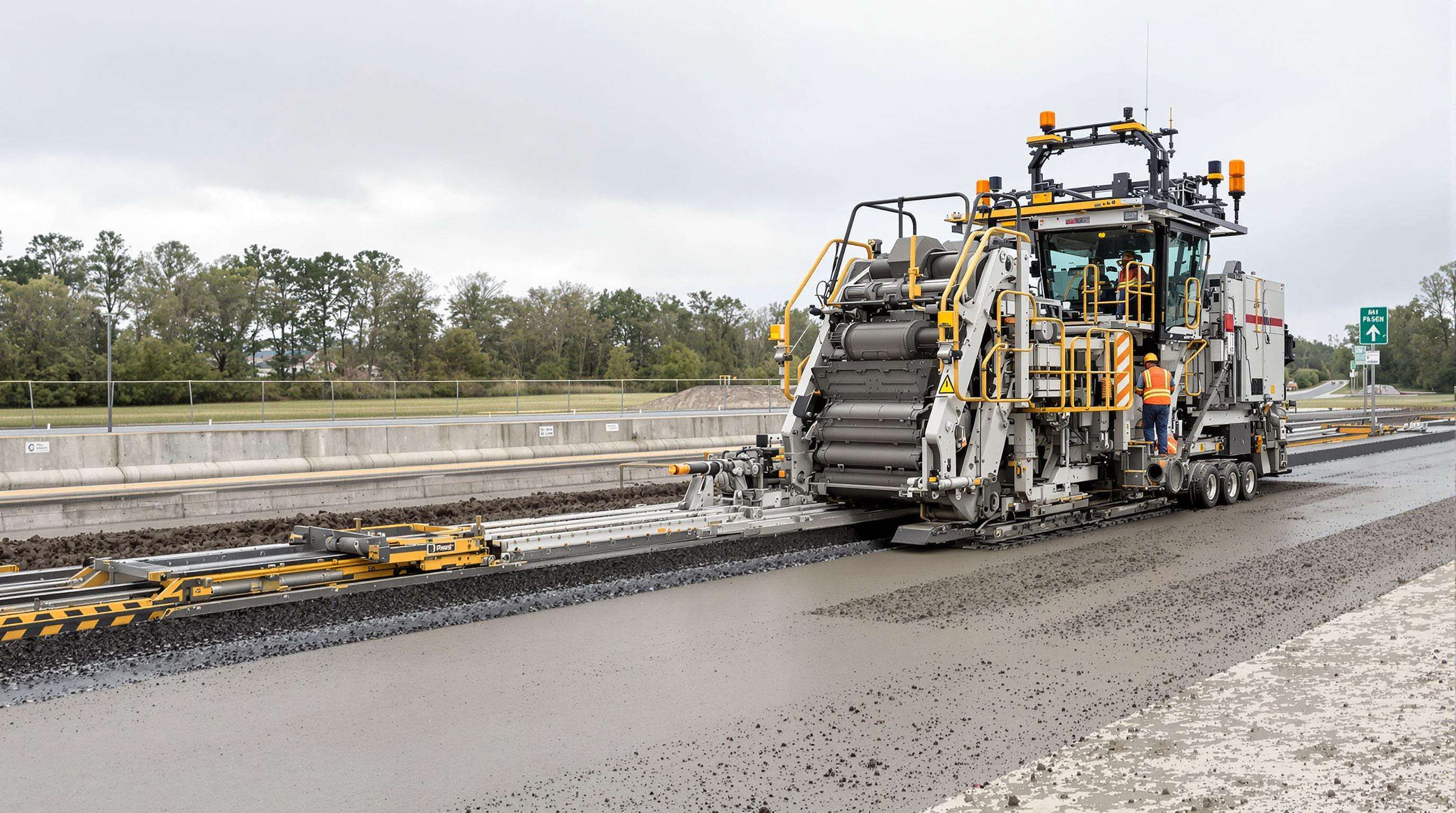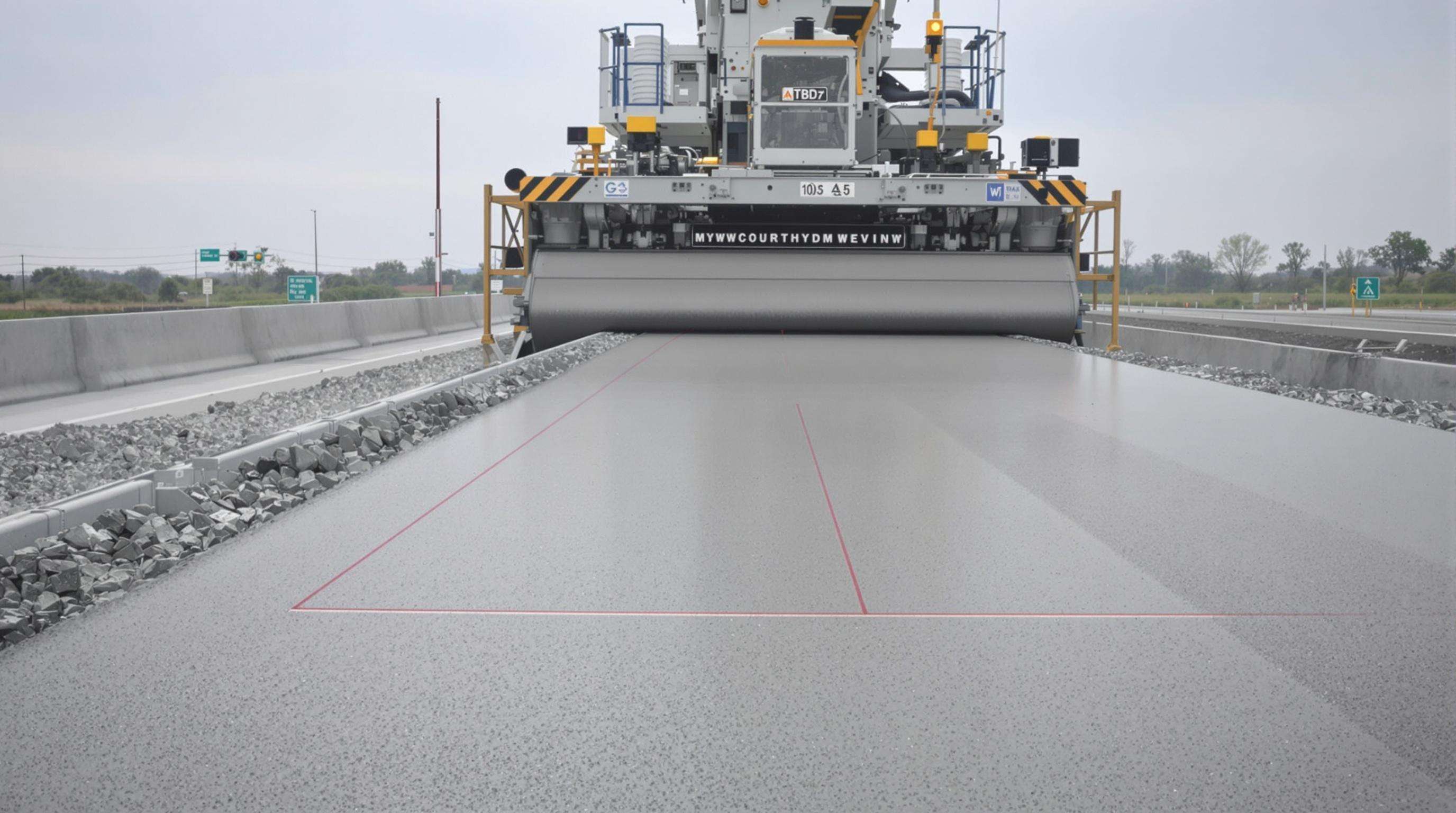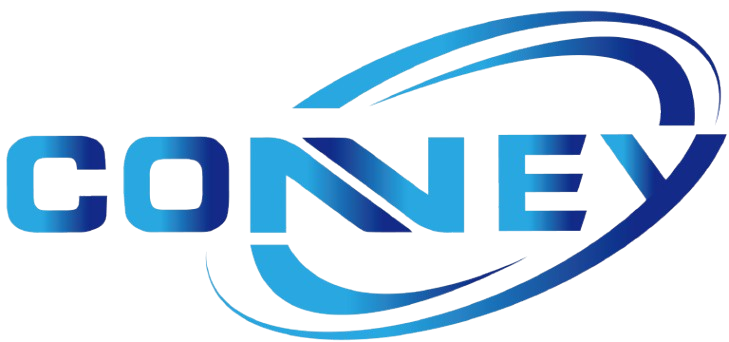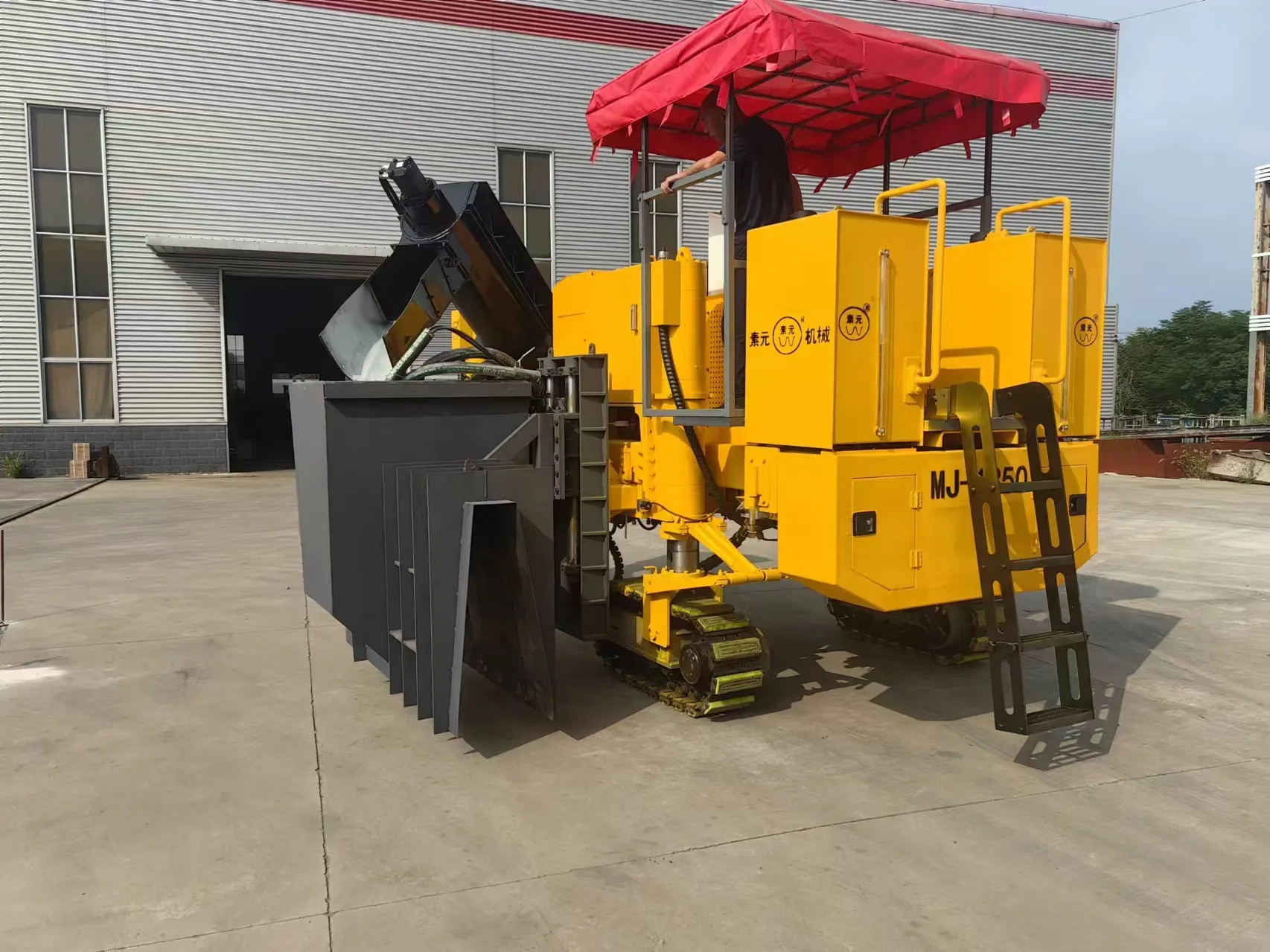Slipform Paver Machine Technology: Core Mechanisms Driving Modern Road Building

Slipform paver systems revolutionized road construction by replacing manual formwork with automated processes that deliver 400-600 linear meters of paved surface daily (ICPA 2023). This technology integrates mechanical precision with material science advancements to achieve continuous concrete placement, redefining speed and quality standards in infrastructure development.
Automated Mold System: The Heart of Continuous Paving
The moving body of the mold serves as the portable formwork injecting high-slump concrete at a controlled pace, both vertically and horizontally keeping the construction in its structural configuration. Unlike conventional fixed-form construction methods with fixed molds, Continuous pavement mean that even a bent track can be continuous paving. Actuators have the ability to change mold geometry on the fly to adapt to changes in road crowns or lane widths during the same pass, which has led to an 85% reduction in setup time versus conventional methods.
Simultaneous Concrete Placement and Compaction Process
Vibrators at the entrances of the nozzles consolidate the mixture during the extrusion (8,000 to 12,000 hertz) and we obtain a 98% in situ optimal density before the fresh concrete hardens. Augers spread material evenly across the width of the mold and strike-off blades level the surface. This well-coordinated process removes cold joints, minimizes finishing work and results in flat road surfaces with ±1.5mm/km flatness tolerance – in excess of ASTM C1042 requirements.
Sensor Integration for Real-Time Adjustments
Contemporary pavers use multiple sensors for monitoring: temperature and humidity in the concrete, bending of the mold body under the action of the load, and soil settlement. Arrays of LIDARs, when orientated to coincide with the direction of motion, track the local topology of the surface at a rate of 50Hz, and directly command the steering actuators within 50ms of detection. This feedback system limits vertical alignment error to ±2mm in center paving mode and lets you pave over less stable bases.
Industry Paradox: Advanced Mechanics vs Operator Skill Requirements
Although automation can manage 92% of paving factors (ASCE 2023 report), operator must attend specialized diagnostics training to deal with system exceptions. In conclusion, the typical paver of today has a daily operational output of 2 TB of data. And you need resources with concrete expertise and machine learning interpretation – with a gap of the workforce estimated to be 15k specialists in the industry (AEM Skills Survey 2024).
Speed Enhancement Through Continuous Paving Operations
Cycle Time Reduction: 65% Faster Than Traditional Methods
Slipform pavers deliver significant time savings through uninterrupted concrete extrusion, eliminating formwork installation/removal delays inherent in traditional methods. Industry studies document a 65% reduction in cycle times compared to fixed-form approaches, meaning crews can pave 2.8 miles weekly versus 1.7 miles with conventional techniques.
24/7 Operation Capabilities in Weather-Resistant Models
Advanced pavers feature sealed environmental cabins and stabilization systems that counter weather impacts, enabling continuous operation during rain events under 15mm/hour and temperatures from 0-45°C. Weather-resistant models reduced downtime by 49% in Pacific Northwest highway projects (2023 DOT Report).
Case Study: Interstate Highway Project Completion Acceleration
A Midwest interstate reconstruction project (24 miles, 4 lanes) deployed continuous slipform technology to overcome schedule constraints. The automated system completed paving in 15 weeks - 37% faster than the traditional method's 24-week projection. Key outcomes included:
| Metric | Traditional Method | Slipform Approach | Improvement |
|---|---|---|---|
| Completion time | 24 weeks | 15 weeks | -37% |
| Daily progress rate | 0.45 miles | 0.73 miles | +62% |
| Weather downtime | 94 hours | 32 hours | -66% |
This approach avoided $1.2M in delay penalties and enabled traffic reopening 63 days early.
Quality Control Revolution via GPS and Laser Guidance

Millimeter-Level Precision in Surface Flatness
Modern slipform pavers achieve surface flatness within 1.5mm tolerance through integrated GPS and laser guidance systems. This precision eliminates manual stringline setups, reducing human error by 78% (Construction Tech Journal 2023).
Automated Grade/Slope Adjustments During Pouring
Real-time adjustment systems process 20-30 data points per second from onboard inclinometers and laser receivers. This continuous feedback loop maintains designed road profiles with 99% accuracy during concrete placement.
NDT Integration for Instant Compaction Quality Verification
New paver models incorporate non-destructive testing (NDT) sensors that analyze concrete density during extrusion. Ground-penetrating radar units verify consolidation levels every 1.2 meters, providing immediate feedback to operators.
Material Efficiency and Waste Reduction Strategies
Preccrete® Technology for Optimal Material Application
Preccrete® systems enable millimeter-precise concrete distribution through sensor-guided extrusion nozzles, dynamically adjusting material flow based on terrain variations. This reduces over-application by 17% compared to manual methods (Journal of Construction Engineering 2023).
23% Reduction in Concrete Waste Through Process Innovation
A comprehensive study by a leading manufacturer demonstrated a 23% reduction in concrete waste through integrated slipform paving technology. This efficiency stems from AI-powered batch monitoring, RFID-tagged formwork, and closed-loop recycling of trimming residues.
Safety Improvements Through Automated Operations
Worker Exposure Reduction in Hazard Zones
Modern slipform pavers minimize crew presence in high-risk zones through autonomous operation modes, reducing manual interventions by 85% according to 2024 safety audits.
Collision Avoidance Systems in Modern Paver Models
Integrated LiDAR and ultrasonic sensors create 360° detection fields, alerting operators to personnel or obstacles within 15-meter radii. These systems automatically trigger emergency stops if collision risks exceed thresholds.
Future Trends: AI-Driven Predictive Paving Systems
Integration with BIM for Smart Road Networks
AI-driven slipform pavers now synchronize with Building Information Modelling (BIM) to create interconnected infrastructure systems. This integration enables automatic adjustments to road alignments based on subsurface data and traffic patterns.
Machine Learning Algorithms for Surface Defect Prevention
Neural networks process infrared scans and vibration data during curing to identify micro-fissure formation risks. These algorithms correlate environmental conditions with material behavior, triggering immediate corrective actions.
5G-Enabled Remote Operation Advancements
Ultra-low latency 5G connectivity enables multi-team coordination across complex job sites with 11ms response times. Operators manage asphalt temperature tolerances and compaction parameters from centralized hubs.
FAQ
What is slipform paving technology?
Slipform paving technology is an advanced method in road construction that uses automated machines to continuously lay concrete, enhancing speed and efficiency by eliminating the need for manual formwork.
How do slipform pavers enhance construction speed?
Slipform pavers enhance construction speed by allowing continuous concrete extrusion and reducing cycle times by up to 65% compared to traditional fixed-form methods.
What role do sensors play in slipform paving?
Sensors in slipform paving machines help monitor various aspects like temperature, humidity, and soil settlement, enabling real-time adjustments to ensure precise and stable construction.
How do slipform pavers improve safety?
Slipform pavers improve safety by reducing the need for manual interventions in high-risk zones and incorporating collision avoidance systems that alert operators to potential hazards.
Table of Contents
- Slipform Paver Machine Technology: Core Mechanisms Driving Modern Road Building
- Speed Enhancement Through Continuous Paving Operations
- Quality Control Revolution via GPS and Laser Guidance
- Material Efficiency and Waste Reduction Strategies
- Safety Improvements Through Automated Operations
- Future Trends: AI-Driven Predictive Paving Systems
- FAQ




